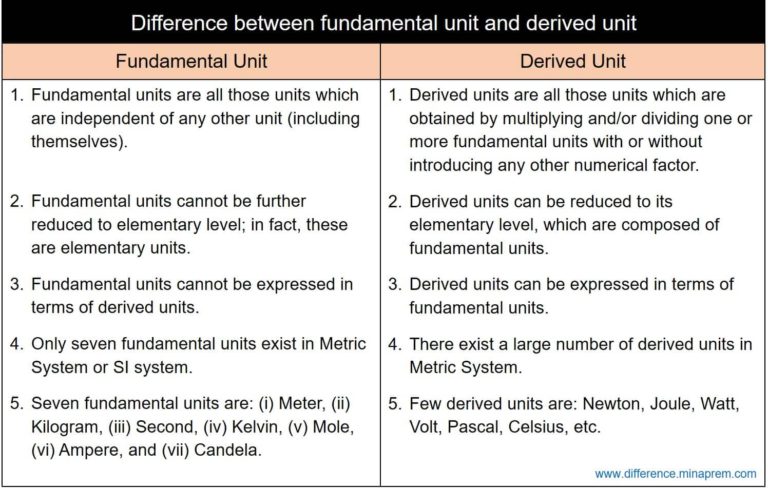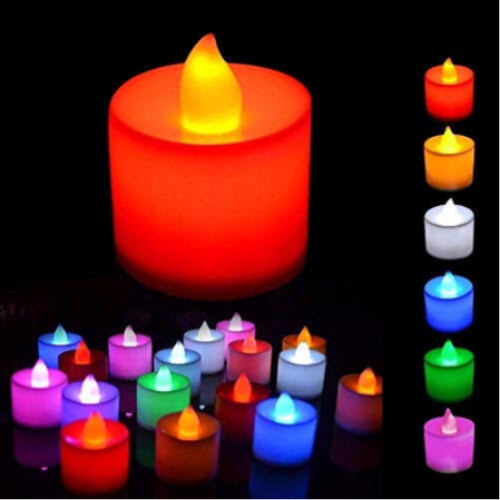
The candela is then used to define the lumen and other quantities used in the measurement of visible light. The candela is abbreviated cd and its standard symbol is I v. of a source that emits monochromatic radiation of frequency 540 x 10 12 hertz and that has a radiant intensity in that direction of 1/683 watt per steradian. The candela is the luminous intensity, in a given direction. It is one of the seven foundation SI units. The candela is the foundation unit for the measurement of visible light. An interesting aspect of lambertian reflection is that although the luminous intensity will be half as much at that angle, the visual area that your eye sees is also half as much, so the surface appears equally "bright" from that angle. The ray showing 50% is at the angle 30° from the surface where cos 60° = 0.5. For an ideal lambertian surface the reflection will follow the cosine law.

Reflection from a surface can be complicated by surface roughness. The intensity or pointance from such a surface in any direction is proportional to the cosine of the reflected angle. For example, an evenly illuminated flat surface such as a sheet of paper is approximately lambertian in that the luminance that you see from any direction is essentially the same. It behaves according to the inverse square law.Ī flat surface that reflects or emits equal luminance in every direction from the surface is said to be a lambertian surface. Unit illustrationįor a point source, the emitted light intensity or pointance is the same in all directions, or isotropic.

In the luminous case it is measured in lumens/m 2 steradian which is equivalent to candela/m 2 = nit. In the radiant case it is measured in watts/m 2 steradian and is also called radiance. The power per unit area per unit solid angle is sometimes called sterance.

Otherwise, for a flat radiating surface, known as a lambertian, the intensity falls off as the cosine of the observation angle with respect to the surface normal. If the intensity ( I = dΦ/dω ) of a source is the same in all directions, the source is called isotropic. For visible light it is expressed in lumens per steradian = candela. In the case of radiant power, it is expressed in watts per steradian. It expresses the directionality of the radiated energy and is appropriate for the description of point sources. The power (flux) per unit solid angle (sometimes called pointance) is the nearest precise terminology to the common term intensity.


 0 kommentar(er)
0 kommentar(er)
